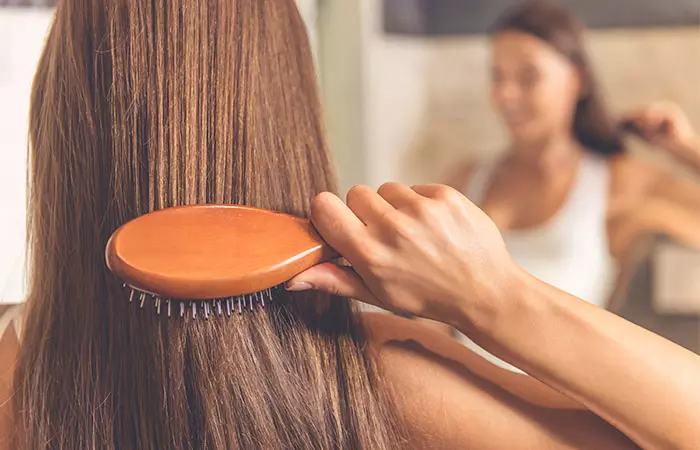Seasonal Hair Loss in Autumn: What Experts Say

This Monday, September 22, autumn officially begins. After weeks of intense heat, temperatures start to drop to levels more typical of the season. Along with this change come fatigue and drowsiness due to hormonal shifts, as well as the possible reactivation of allergies and skin or hair conditions. In fact, seasonal changes and reduced sunlight exposure affect the hair cycle, often increasing hair loss.
Experts explain that “hair loss in autumn is a natural part of the hair growth cycle.” They note that the cycle consists of three main phases:
-
Anagen Phase – This is the active growth stage of hair. It lasts several years, and under normal conditions, about 90% of hair is in this phase.
-
Catagen Phase – A short transitional period lasting 2–3 weeks, during which hair growth stops, and the follicle no longer receives nutrients.
-
Telogen Phase – This phase lasts about three months. It is when hair naturally falls out to be replaced by new strands. This process is known scientifically as telogen effluvium, referring to acute hair shedding during this period.
Experts remind us that, over a person’s lifetime, each follicle goes through around 25 growth cycles, producing about 25 hairs. After that, the follicle stops growing new hair. So what happens then? Is there anything we can do?
Pharmacists say that “because we now understand the mechanisms of the hair cycle, we know which botanical compounds to apply.” These include bioflavonoids like hesperidin, which prevents cell oxidation; licorice root extract, which blocks hormones harmful to hair; and circulation activators like amni visnaga, which improve oxygen supply to the hair root.
Dermatologists add that the shedding phase can be intensified by several factors:
-
Reduced sunlight in autumn means the body produces less melatonin, a hormone that helps regulate hair growth. This can push more hair into the telogen phase, leading to increased shedding.
-
Stress also plays a role. Returning to routine after summer can make autumn a stressful time, which further worsens telogen effluvium.
Hair Care Tips from Experts at Blow Dry Bar
-
Avoid washing hair every day. Aim for about three times a week, using silicone- and sulfate-free shampoos that protect the hair’s natural barrier. End your wash with cold water to seal the cuticle for more shine. Also, reduce the use of hair dryers and hot styling tools.
-
Apply shampoo correctly. Place your fingertips flat, forming a half-circle around the head, and massage the scalp in circular motions for a couple of minutes, front to back. Rinse with lukewarm water, finishing with a cold rinse to stimulate circulation. Choose an organic shampoo free from sulfates, with antioxidant and nourishing properties to strengthen and repair damaged hair while gently removing oil, product residue, and pollution.
-
Use conditioner. Always apply conditioner to the ends and let it sit to nourish the hair. For example, Aveda’s Cherry Almond Softening Conditioner contains cherry blossom extract, almond oil, and certified organic shea butter—all natural ingredients that deeply condition while restoring softness and shine.
-
Don’t rub hair with a towel. Avoid harsh towel drying, which can weaken hair and increase breakage. Use microfiber towels instead, and detangle gently with a wide-tooth comb.
-
Deep hydration once a week. After washing, apply a repairing and nourishing mask throughout your hair. Leave it on for several hours, wrapping your hair in an anti-frizz towel to boost absorption.

